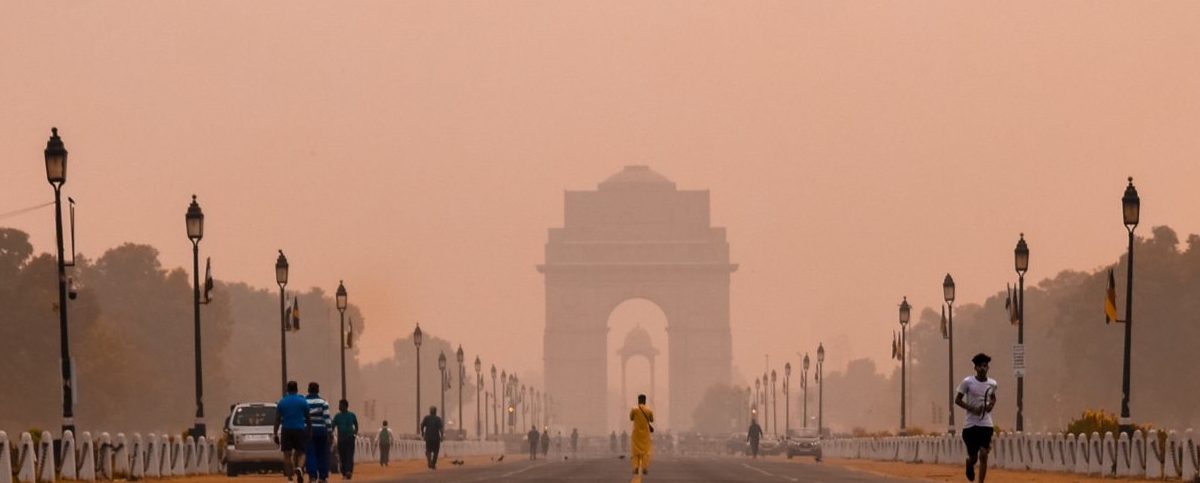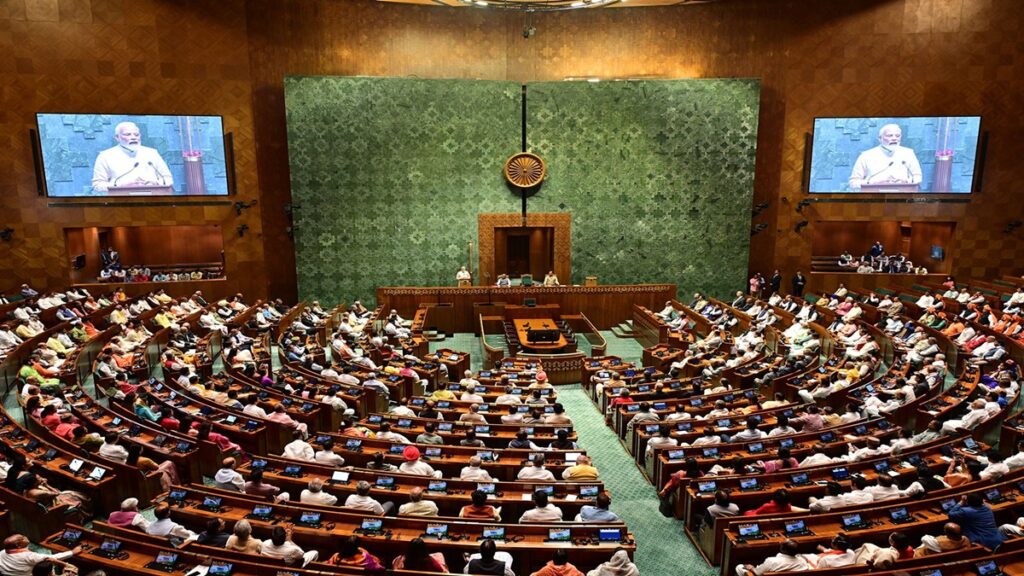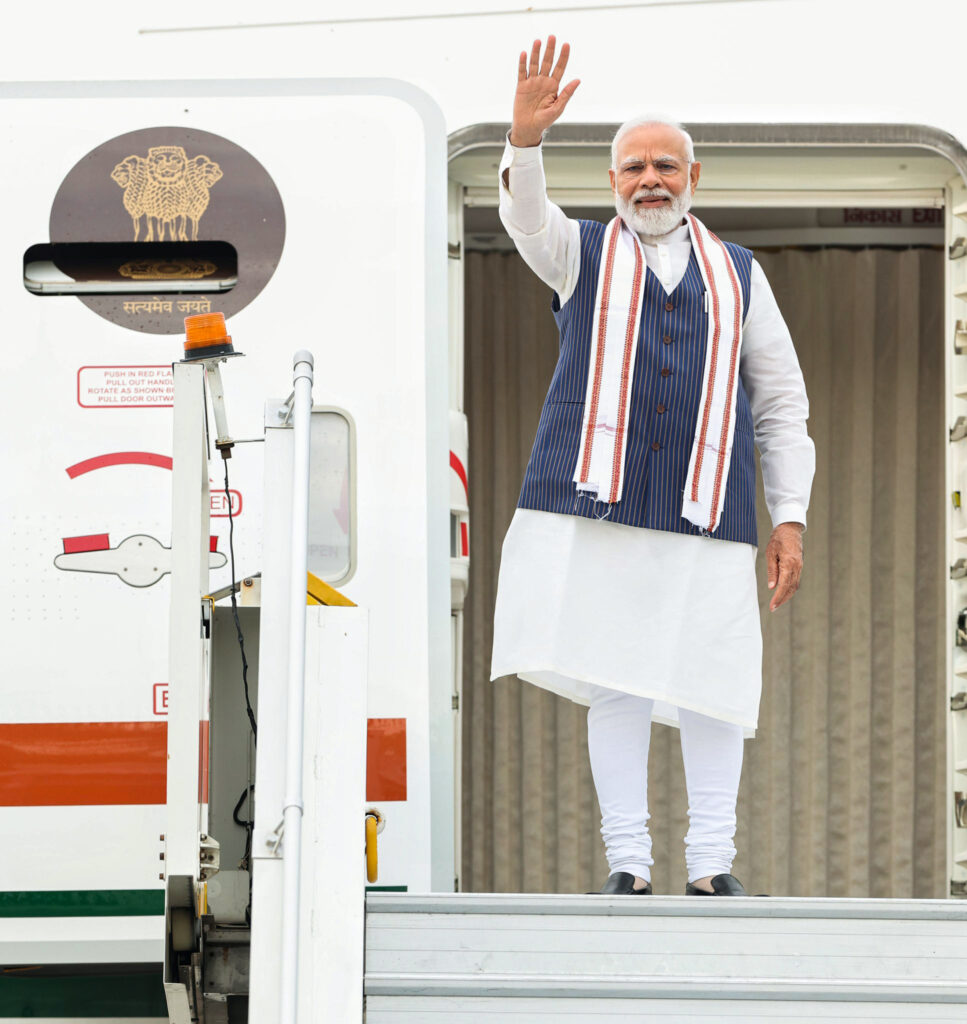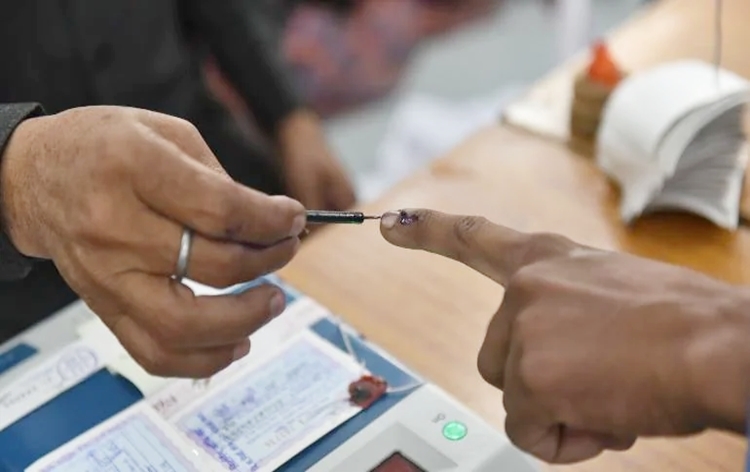New Delhi gasps for breath as air quality remains ‘very poor’

New Delhi residents struggled to breathe as air quality remained “very poor” on Tuesday, with deforestation cited as the main culprit for the rise in pollution levels.
The SAFAR (System of Air Quality and Weather Forecasting and Research) monitoring agency recorded the air quality as ‘very poor’ in New Delhi on Tuesday with PM-10 levels at 322 and PM 2.5 levels at 155. Anything above 60 is considered unhealthy.
The index measures levels of airborne PM 2.5 particles that can be carried deep into the lungs, causing deadly ailments like cardiovascular disease and cancer.
New Delhi is the world’s most polluted mega-city and as a result, the average life span is down by more than 10 years, the University of Chicago’s Energy Policy Institute said in August, adding that India was responsible for about 59% of the world’s increase in pollution since 2013.
The System of Air Quality and Weather Forecasting and Research (SAFAR) India reported that Delhi’s AQI was 322, Noida recorded an AQI of 324, and Gurugram had an AQI of 314, all falling into the ‘Very Poor’ category.
Delhi’s Chief Minister, Arvind Kejriwal, unveiled a 15-point winter action plan, emphasizing concerns such as vehicle emissions, biomass burning, and dust particles. While Particulate Matter 10 (PM10) levels decreased, PM2.5 levels increased, indicating that vehicle emissions and biomass burning are significant contributors to the rising air pollution. The “Red Light On, Engine Off” campaign was launched to combat these issues.
The Graded Response Action Plan (GRAP) has been activated to mitigate pollution’s impact in Delhi, including measures like road cleaning and water sprinkling. Efforts are also underway to address crop residue burning by collaborating with neighboring states’ environment ministers. The upcoming 10 to 15 days are critical due to pollution sources such as Diwali, crop burning, and Dussehra.
The persistently poor air quality in Delhi and Noida poses severe health risks, environmental consequences, and challenges for aviation. While measures like the GRAP and the promotion of electric vehicles are steps in the right direction, addressing the diverse sources of pollution requires a concerted effort from government, industries, and the public to ensure cleaner air for all residents of the region.









